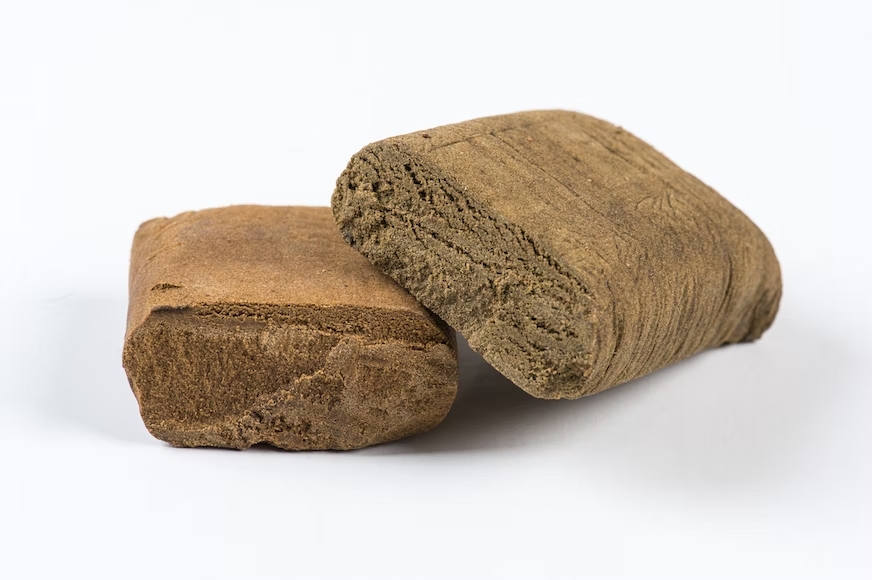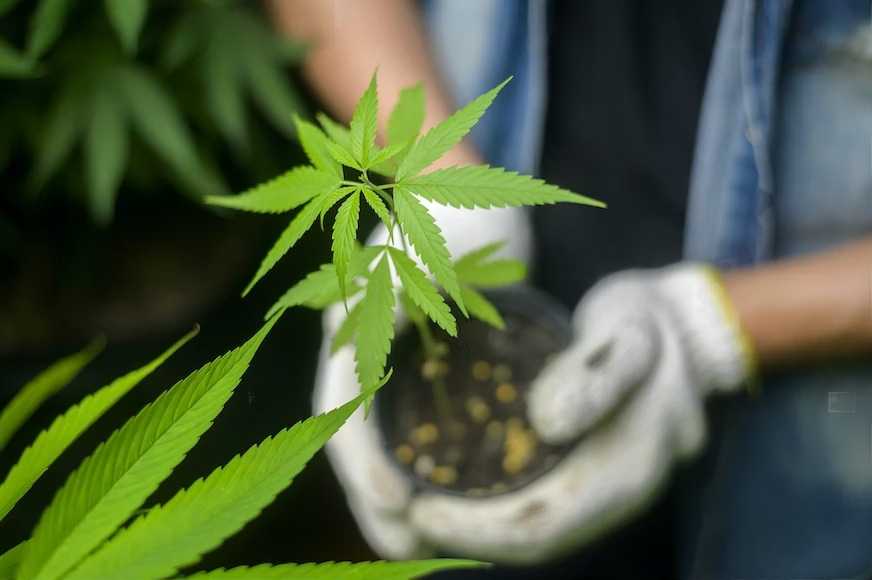Hashish, often just called hash, is a concentrated form of cannabis resin that has been cherished for centuries in various cultures around the globe. Among the many types of hashish you can find, Afghan hash really stands out thanks to its rich history, unique production methods, and distinctive effects. In this blog, we’ll dive into the key differences between Afghan hash and other popular varieties, helping you appreciate what makes each one special.
-
Production Methods
Afghan Hash
Traditionally, Afghan hash is crafted using hand-pressed techniques. The resin from cannabis plants is carefully collected, heated, and kneaded by hand to create a dark, sticky, and pliable texture. Once it reaches the right consistency, it’s shaped into bricks or balls and set aside for curing, which enhances its potency and flavor over time.
Other Types of Hashish
Moroccan Hash: This variety is made by dry-sifting cannabis flowers and pressing the kief into solid blocks, resulting in a firmer, crumbly texture.
Lebanese Hash: Similar to Moroccan hash, this type is also produced through dry-sifting but is often aged for months or even years, giving it a unique reddish or yellowish hue.
Indian Charas: Unlike traditional hash, charas is made from fresh cannabis plants, which are rubbed between the hands to extract the resin, resulting in a softer, more aromatic product.
-
Appearance and Texture
Afghan hash is easily recognized by its dark brown to black exterior and slightly softer, pliable texture. When you break it apart, you’ll find a lighter brown or greenish interior. This is quite different from Moroccan hash, which is typically lighter in color and harder, or Lebanese hash, which can vary from golden to reddish-brown depending on its aging process.
-
Potency and Effects
Afghan hash is known for its high potency, thanks to the indica-dominant cannabis strains used in its production. It usually delivers deep relaxation, a heavy body high, and sedative effects, making it perfect for nighttime use or pain relief.
Other types of hash can offer a range of different effects:
Moroccan Hash: This one strikes a nice balance, delivering a blend of cerebral and body effects, making it a great choice for any time of day or night.
Lebanese Hash: Its uplifting or relaxing qualities can vary based on its color—red or yellow.
Indian Charas: Known for producing a powerful, euphoric high thanks to the fresh cannabis resin used in its creation.
-
Flavor and Aroma
Afghan hash is celebrated for its earthy, spicy, and slightly sweet scent, often accompanied by hints of pine and herbal notes. Moroccan hash offers a gentler, more floral aroma, while Lebanese hash tends to have a robust, woody fragrance. Indian charas, on the other hand, often boasts a fresh, citrusy smell due to its unique hand-rubbing extraction method.
-
Availability and Legality
Afghan hash is regarded as one of the top hash varieties worldwide, but how easy it is to find really depends on local cannabis laws. In Canada, hashish is legal to buy from licensed dispensaries, but Afghan hash can be a bit trickier to track down compared to Moroccan or locally produced options.
Conclusion
Afghan hash is highly valued for its traditional hand-pressed craftsmanship, potent indica effects, and rich, complex aroma. Yet, each type of hash brings its own unique experience to the table, so picking the right one really comes down to personal taste. Whether you lean towards the soft, aromatic charm of Indian charas, the well-rounded effects of Moroccan hash, or the aged strength of Lebanese hash, there’s something special in every variety.



